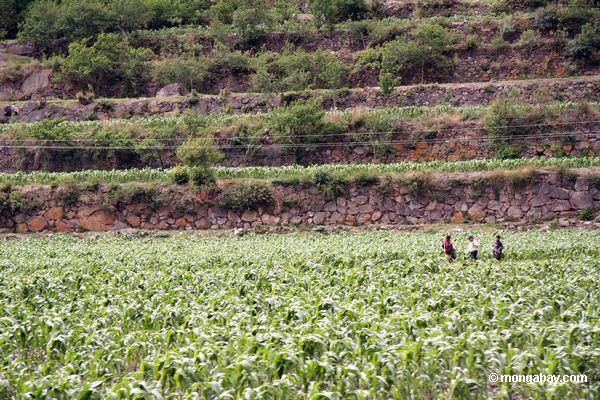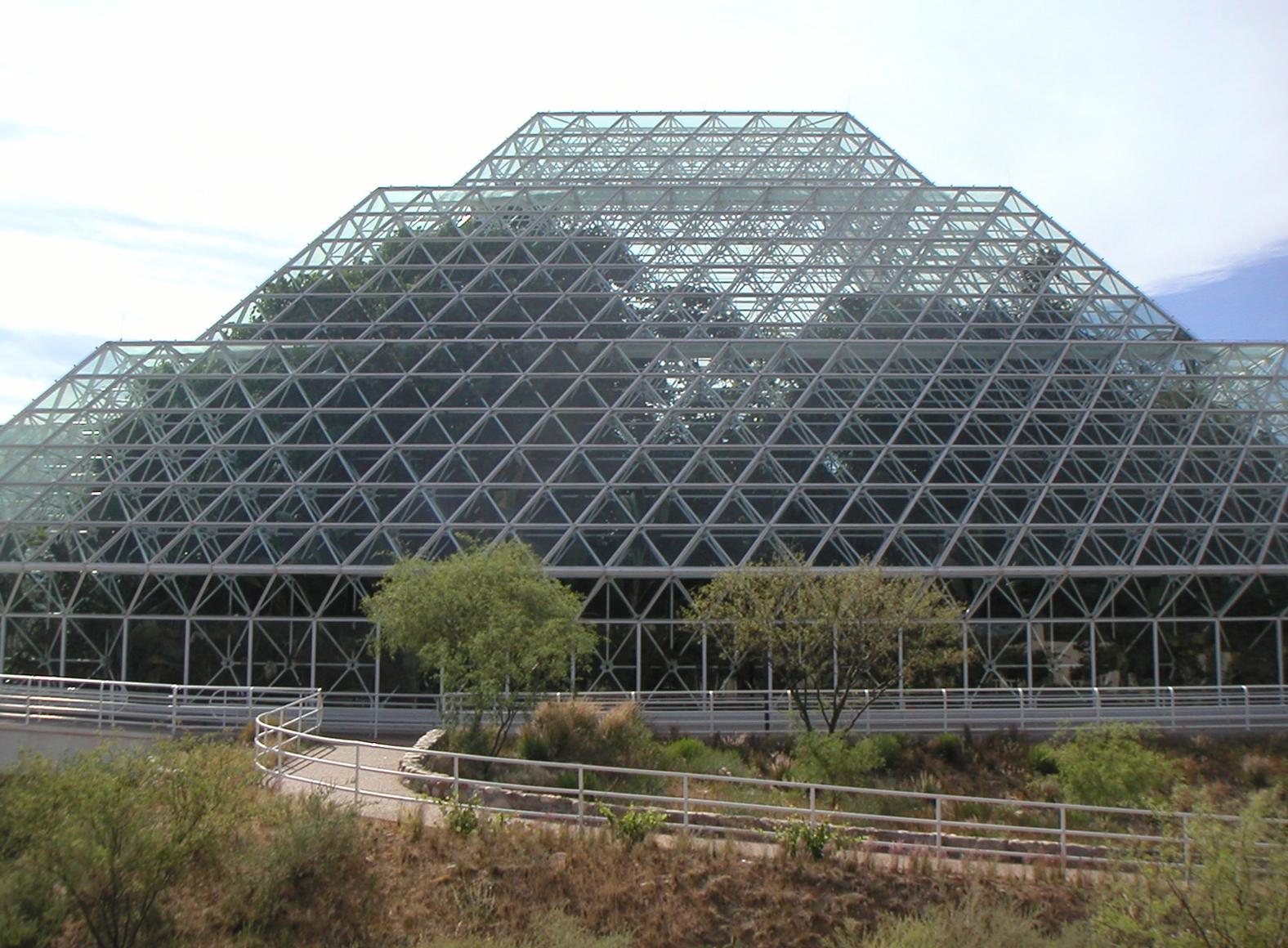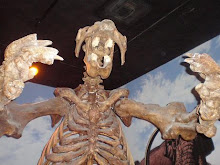 Image taken from - http://cache3.asset-cache.net/xc/200020196-001.jpg?v=1&c=IWSAsset&k=2&d=B3B7071D257FC0393786A19E73AD796F65A938CC3E7C961545A15C5DB07C84C900123AA3B5A18ED0.
Image taken from - http://cache3.asset-cache.net/xc/200020196-001.jpg?v=1&c=IWSAsset&k=2&d=B3B7071D257FC0393786A19E73AD796F65A938CC3E7C961545A15C5DB07C84C900123AA3B5A18ED0.Doing a quick search on Google, I found this United Kingdom based website that talks about product packaging and the environment - http://www.wasteonline.org.uk/resources/InformationSheets/Packaging.htm. The site speaks of how paper and cardboard are the most heavily used packaging materials in terms of weight. Plastics are in wide use for the packaging of food products and "is the most energy efficient" and sturdy material for packaging. Aluminum, glass, and steel are also being used for certain items. They suggest reducing, reusing, and recycling in that order.
Some of the packaged, portable products I use almost on a daily are the following:
- My laptop computer. It came in a cardboard box with Styrofoam inserts, and also included additional booklets sealed in plastic. The mouse also came in a separate plastic package.
- The carrying case for the laptop came in a cardboard wrap. I use it every day to carry items to work and school. The computer, mouse, and carrying case all came to me in a cardboard shipping package.
- My cell phone was purchased from Best Buy and came in a cardboard box with plastic inserts and booklets sealed in plastic.
- One of the remote controllers I use for my television came in the cardboard box my TV set came in, and the other controller came in the DirectTV box's cardboard box.
- All of my textbooks for FGCU came sealed in plastic from the University. They were all used, except for my accounting textbook, which came separately sealed in plastic.
- Notebook paper that I use at school came in a plastic wrapping.
- Mail and packages that I receive comes in various envelopes and packaging. I get junk mail only occasionally.
- I usually eat protein bars when I am at work or school, and they come in a thin foil wrapping. I also eat trail mix that usually comes in a plastic pouch. On occasion, I will bring a small bowl of soup that comes in a tin/plastic can, with a plastic top. I sometimes also bring a tuna fish cracker kit to work. The total kit comes in a plastic/cardboard package, and the condiments and crackers are in plastic packets. The tuna fish is in a foil pouch.
- Some of the books I carry and read probably came in a plastic wrapping and were shipped to me in a cardboard box.
- Every now and again I will drink a soda from an aluminum can or a plastic bottle, and I drink from a bottled water almost every day.
- Paper towels could count as a portable item. I use them often and aside from being paper themselves, they come in plastic wrapping.
- I enjoy drinking tea, which comes in a bag to be dipped in water. The tea leaves come in some sort of sieved paper bag, and the bag itself comes in a paper wrapping. The paper-wrapped tea bags come in a cardboard, plastic wrapped box!
...Those are pretty much all of the portable, packaged items I can think of. Going to this website - http://www.pacinst.org/topics/water_and_sustainability/bottled_water/bottled_water_and_energy.html - one can read about how it takes 3 liters of water to produce one liter of bottled water, and in 2006 the bottling of water created 2.5 million tons of carbon dioxide! The 3 liters to produce 1 liter syndrome, reminds me of the same problem of which I spoke in my water blog, where cleaning and reusing a bottled water caused me to use 8 cups of water. In addition to these externalities, the bottles have to be shipped, or trucked, which uses further gas. Plastic seemed to be the main culprit in my packages, and though the British site mentioned at the beginning of this blog spoke of its efficiency, it still isn't that efficient or sustainable
The other major packaging material I saw was cardboard and paper, both of which require trees. Perhaps some of the materials are manufactured from recycled components, but I know there is still other energy and water being used in their production. Also not sustainable.
I would like to point out the fact that whenever I sell something online, which I do from time to time, I generally use a cardboard box from a past purchase and insert paper that is actually the wrapping for computer paper that my Dad uses at his print shop. I am proud of doing that, at least.










 It was also around the time of seeing the second alligator that my group and I heard the loud whoop of a Bard Owl, a very bizarre sound.
It was also around the time of seeing the second alligator that my group and I heard the loud whoop of a Bard Owl, a very bizarre sound. Here is a shot of the aquifer right in front of one of the entrances into the trail, along with a nice expansive view of the slough area that the trail runs through. From this view many
Here is a shot of the aquifer right in front of one of the entrances into the trail, along with a nice expansive view of the slough area that the trail runs through. From this view many 


 In many ways, the idea of a
In many ways, the idea of a 







